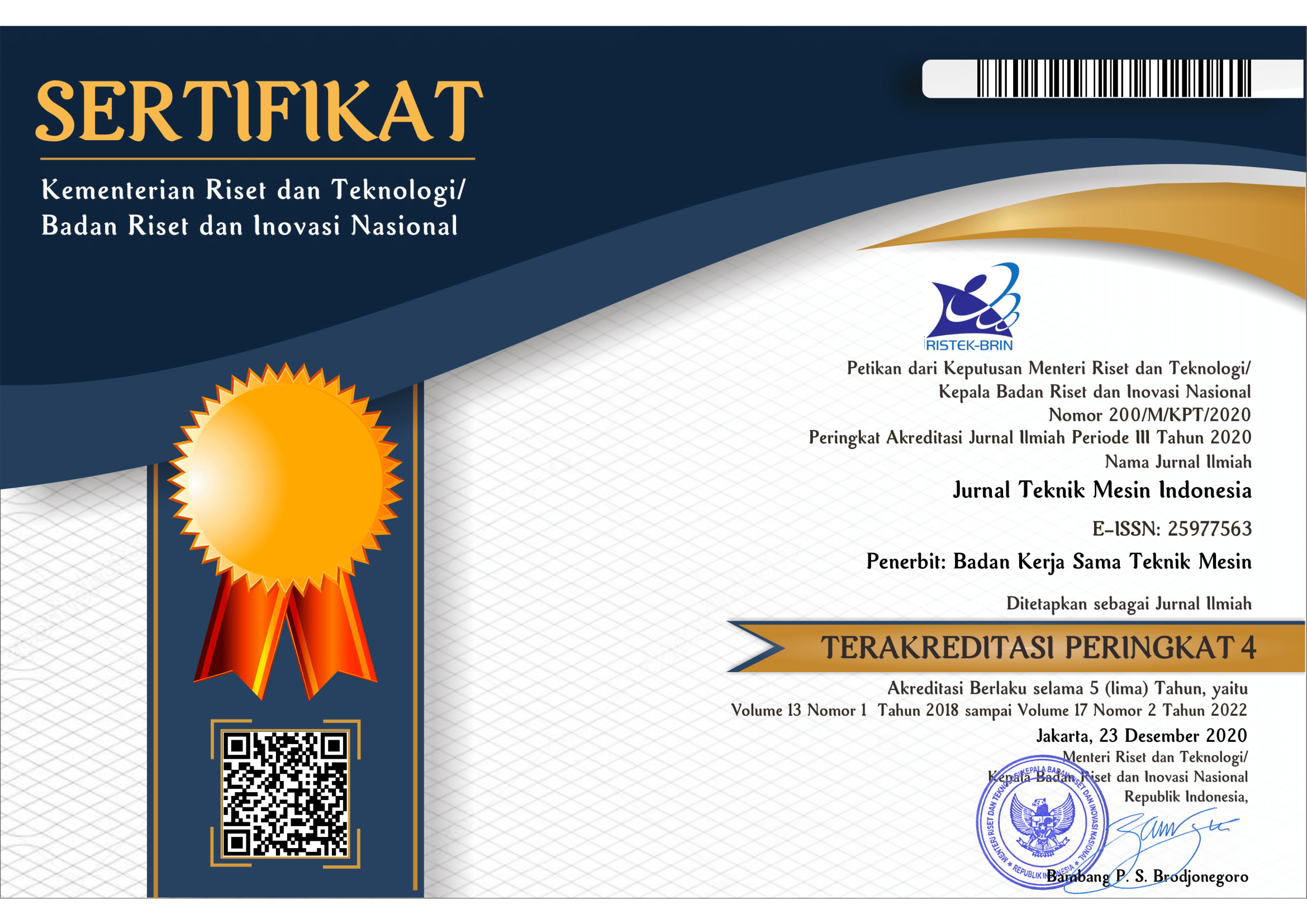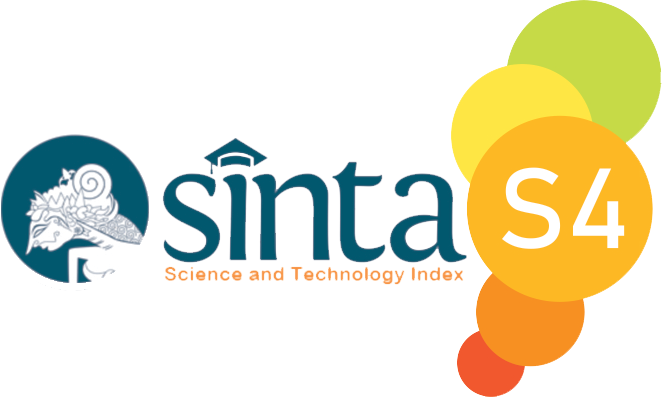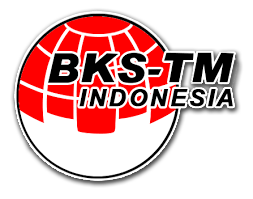Analisis Potensi Pemanfaatan Kotoran Ternak Ruminansia Sebagai Sumber Energi Biogas di Provinsi Lampung
DOI:
https://doi.org/10.36289/jtmi.v19i02.614Keywords:
biogas, livestock waste, lampung, renewable energy, ruminantsAbstract
Energy, as the foundation of human needs, has benefits that can be utilized in various aspects such as industry, transportation, and household life. The study on biogas energy derived from the excrement of ruminant animals can be analyzed to meet the energy needs in the Lampung province. The data used is sourced from secondary data from the Lampung provincial BPS (Central Statistics Agency) in the year 2021. The variables in this research include the population of ruminant animals, potential waste production, potential biogas production, the potential energy capacity of biogas from ruminant animal waste, and the potential energy equivalence of biogas to LPG gas. Data analysis based on the accumulation of biogas produced from animal waste is influenced by various factors such as feeding, animal type, weight, total solid proportion, and waste availability. The study results indicate that the potential production of ruminant animal waste biogas in 2021 is 262.402.501,1 m³/year. The potential production of biogas from cattle waste is 235.969.215 m³/year, from buffalo waste is 11.498.047,5 m³/year, and from goat waste is 14.935.238,63 m³/year. The recommended types of biogas digesters that can be implemented are the floating tank type, plastic tubular type, and fixed dome type. Based on the study results, it can be concluded that the potential of ruminant animal waste for biogas energy in the Lampung province is very significant.










